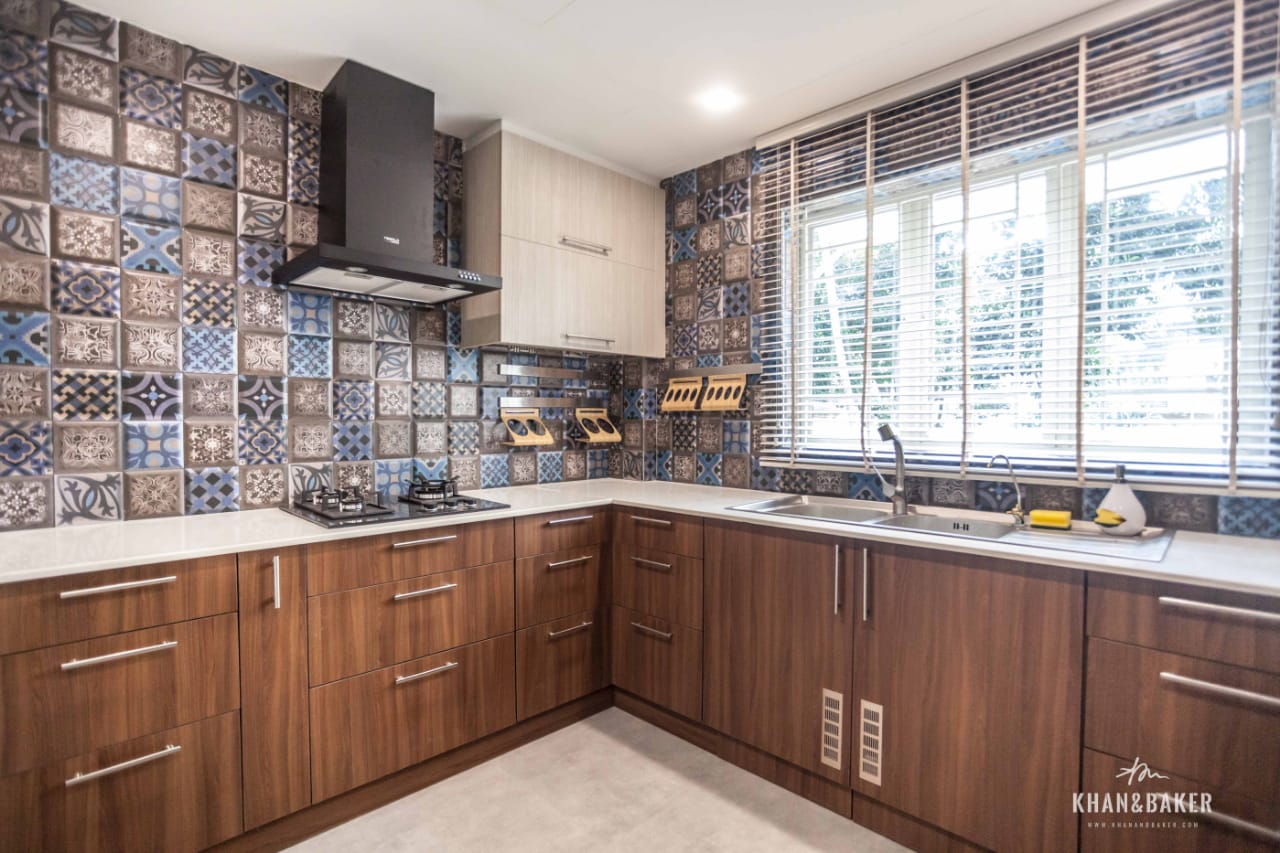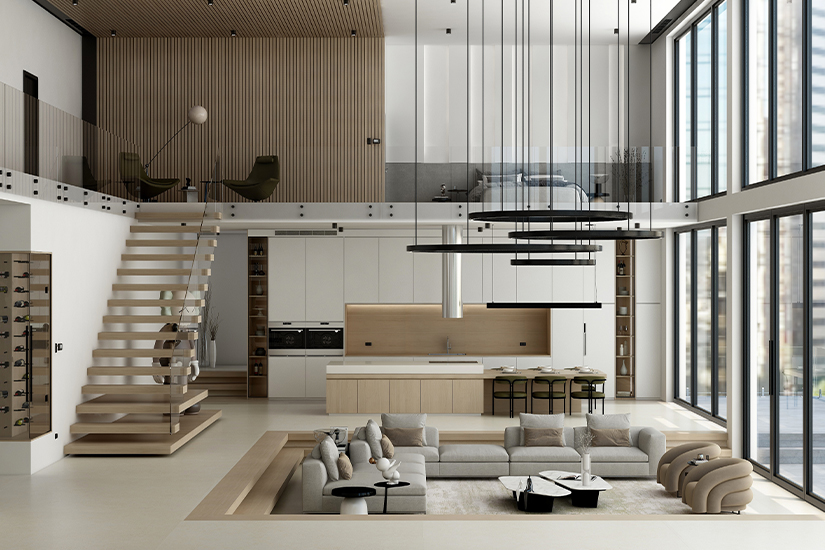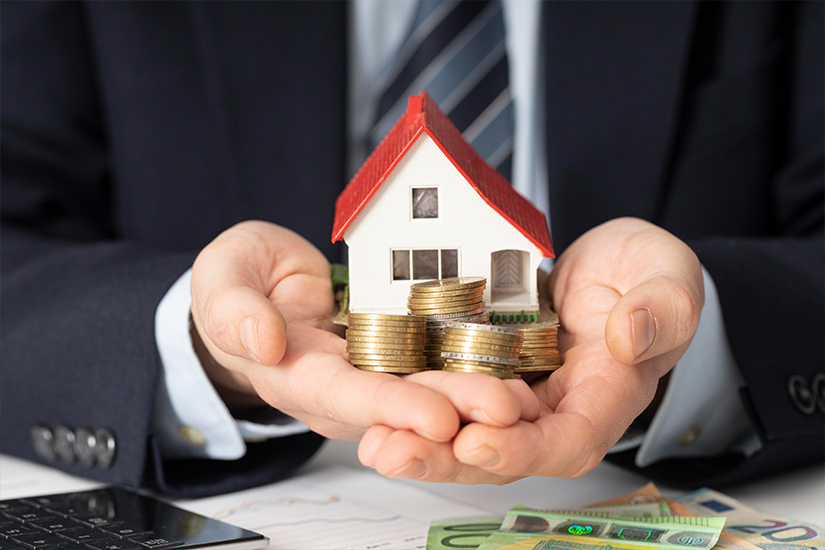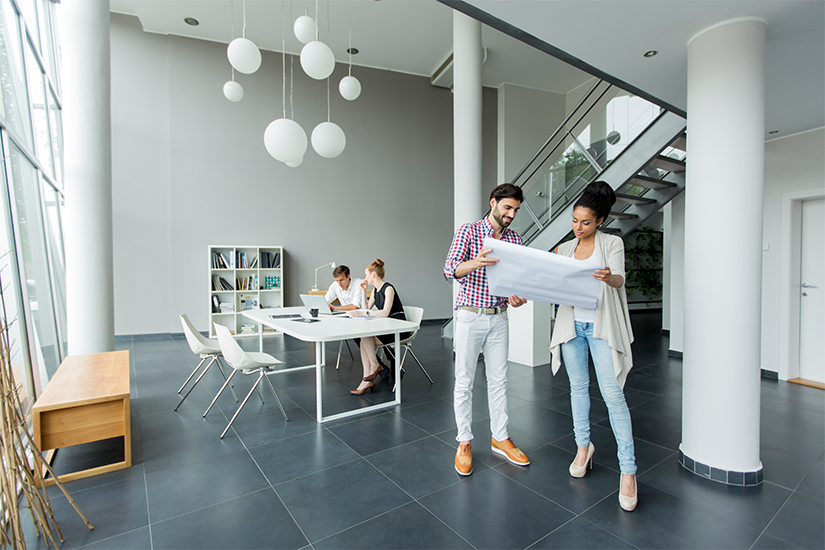
HOW TO INVEST IN INTERIOR DESIGN IN YOUR NEW HOME
By Admin / 17 Jul 2023
Investing in interior design is often a question that can push you down the rabbit hole. However, this happens only when someone is totally unaware of where and how to start. So, this article is for the uninitiated new homeowner. When you intend to invest in interior design, there are mainly two objectives to it: To make the interiors visually pleasing, and save space, not to mention, to make it reflect your personal style. If you’re in the planning phase, here are some steps to help you invest right and wisely in interior design.
Firstly, you must establish how much you're willing to spend on interior design. This will help you make informed decisions while prioritising your investments. Following this, you can explore different interior design styles and determine which one resonates with you. You can also consider factors like colour schemes, ambience and furniture. This will serve as a foundation for your design decisions. It is also important to look for inspiration in online platforms, magazines, and even social media (but of course with caution, lest you spiral down the rabbit hole again). Save images and create mood boards to help you visualise your design goals.
Moving on to the execution of your design ideas, it is crucial to hire a professional interior designer. But again, that is only optional. If you have a lack of design expertise, it is always best to hire an interior designer. They can provide valuable guidance, create a cohesive design plan, and help you make informed choices. With the help of an interior designer, or not, you can identify the areas that you consider the most important to you, such as the living room, bedroom, or kitchen. Allocating a larger portion of your budget to these spaces will be ideal, as you’ll be spending most of your time here. Investing in quality foundational pieces, including quality furniture, fixtures and materials, that will potentially stand the test of time must be a focus point. Durability and versatility are two factors to consider while choosing these pieces.
Now, let’s be real here. Aesthetics is not always the thumb rule when you’re investing in something. Prioritising functionality and reliability over aesthetics is one way to ensure that your design choices are on point. They must not only align with your lifestyle but also accommodate specific needs. For instance, if you have children or pets, go for durable ad easy-to-clean materials for your home.
When it comes to choosing lighting and accessories for your new home, pay attention to lighting as it can impact the ambience of a room to a great extent. Investing in high-quality light fixtures and adding natural light sources are a great winning blend in this context. Additionally, this is where you select accessories such as artwork, rugs, and curtains to add style and personality to your home. While doing this, you could also think of repurposing some of your old stuff for your new home. This will help you cut down on costs too. DIY projects such as repainting your old furniture to give it a fresh look are only one of the things that can add more personality to your space.
Not all homes are built in a sustainable fashion. While that being said, if you’re one of the few people who consider climate crisis seriously, then sustainability might be an important factor to clock in on. You can incorporate sustainable design elements and eco-friendly materials into your designs, such as selecting energy-efficient appliances, using low VOC paints, and opting for sustainable flooring options. After all, hardwood floors can be easily substituted by many amazing alternate options like vitrified tiles, red/black oxide etc.
While designing, you may also consider the potential for changing your tastes and lifestyles. That is, once your child grows up, they may demand more space or a different take on the design aspect of your home. Or perhaps, you yourself might outgrow a design element that you initially thought would be perfect for your home. Ideally, so, you may choose design elements that can easily be upgraded, updated or modified in future, which will allow your space to evolve with your family’s and your needs.
Remember, investing in interior design is a personal journey, and the most important aspect is creating a space that brings you joy and comfort. Take your time, make thoughtful decisions, and enjoy the process of transforming your new home into a beautiful and functional living space. We hope we have given you enough information that would help you make the right choices while investing in interior design for your new home. Reach out to us if you’d like to hear some expert opinions or assistance in interior design.







